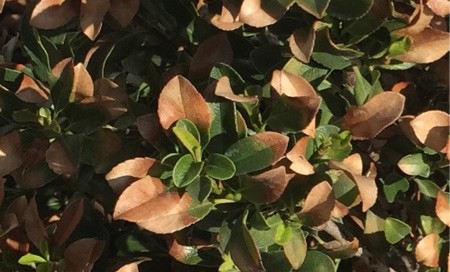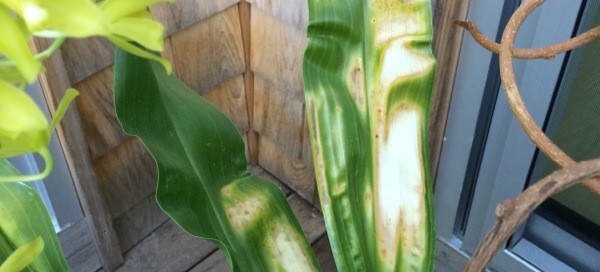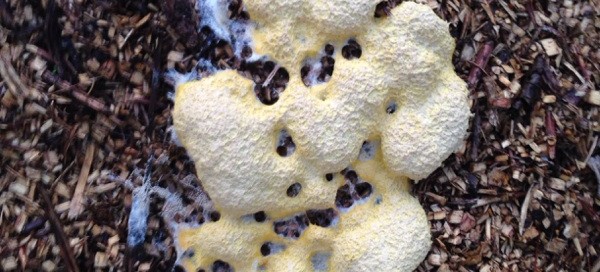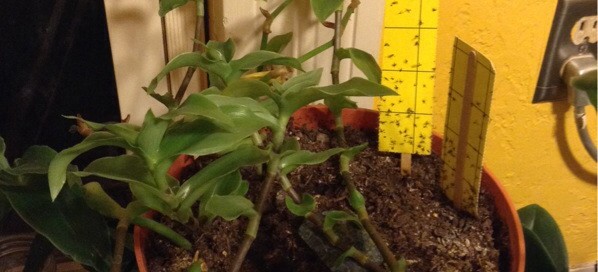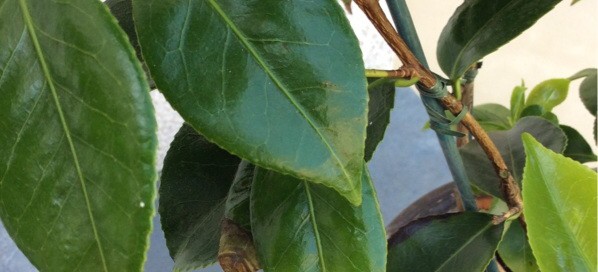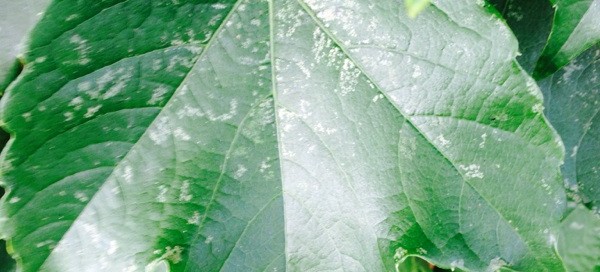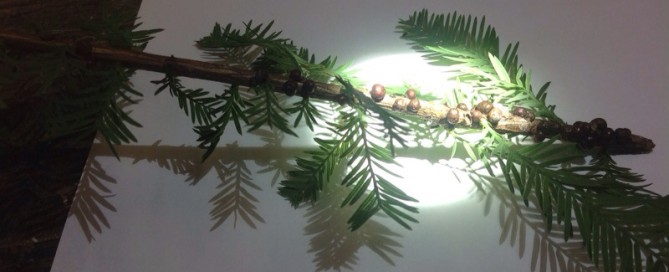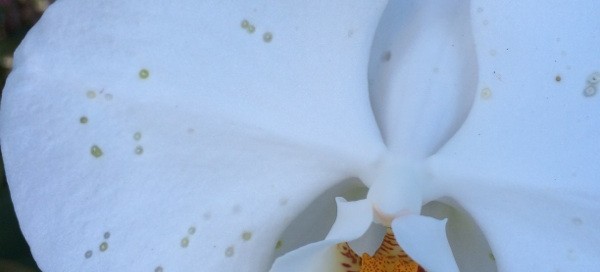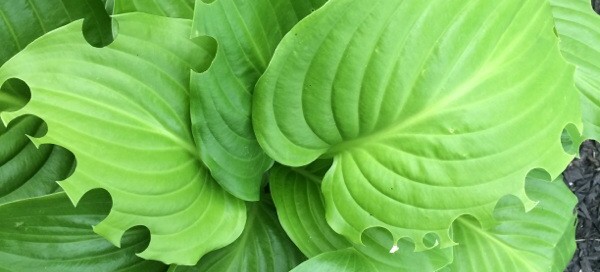Leaf Scorch
When a problem shows up fairly symmetrically on both sides of a leaf/plant, it's often a sign of a cultural problem. Cultural problems include drought, fertilizer burn, herbicide damage and nutrient deficiencies to name just a few. What has gone on around this plant? Fertilizer or weedkiller put on a lawn or beds around the tree? Long period without rain? Extreme heat or fire? Window or other power washing in the area? Anything dumped on the ground such as hot water from catering equipment? Do you have other plants of the same type and how do they look? Do other shrubs or trees also show signs of leaf scorch? How did the plant look a month ago? If you send us another photo please answer those questions and we will give it another shot. Thank you.
